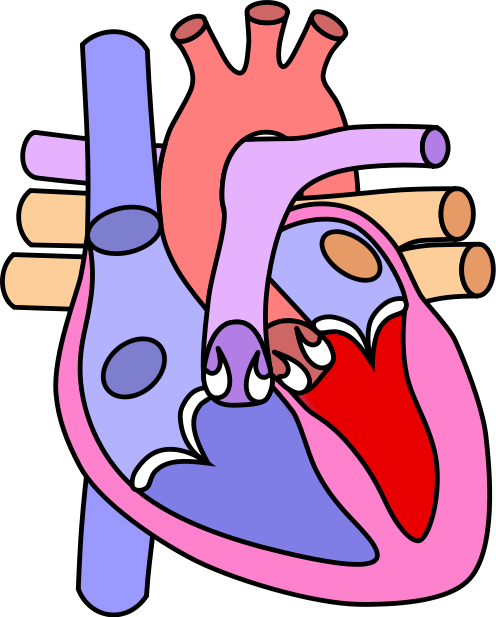I would like to thank all the students and adults who participated in the first "Celebration of Learning". It was amazing to watch the students engage their parents in their learning and project work.
This week we are starting to look at the relationship between plants, animals and their environment,
ECOLOGY. Please take a look at the
Vocabulary,
Driving Questions,
Research Links, and
Interactive Games to the left. Students will be using these questions and resources as they start their next project,
GLOBAL HABITATS.
Students will start their projects by working in small groups, with each group researching one of the world's biomes: Grasslands, Forests, Rain Forests, Deserts, Tundra, Freshwater, and Coastal Shaparral. Groups will be able to describe the physical characteristics and geographic locations of these habitats, and examples of the types of animals and plants that live there ... including a food chain specific to this habitat.
When groups present their work we will be on the way to answering our driving questions.
Academic Standards3.3 Adaptations in physical structure or behavior may improve an organism’s chance for survival. As a basis for understanding this concept:
b. Students know examples of diverse life forms in different environments, such as oceans, deserts, tundra, forests, grasslands, and wetlands.
3.3
c. Students know living things cause changes in the environment in which they live: some of these changes are detrimental to the organism or other organisms, and some are beneficial.
4. 2. All organisms need energy and matter to live and grow. As a basis for understanding this concept:
a.Students know plants are the primary source of matter and energy entering most food chains.
b.Students know producers and consumers (herbivores, carnivores, omnivores, and decomposers) are related in food chains and food webs and may compete with each other for resources in an ecosystem.
c.Students know decomposers, including many fungi, insects, and microorganisms, recycle matter from dead plants and animals
4.3 Living organisms depend on one another and on their environment for survival. As a basis for understanding this concept:
a.Students know ecosystems can be characterized by their living and nonliving components.
b.Students know that in any particular environment, some kinds of plants and animals survive well, some survive less well, and some cannot survive at all.
c.Students know many plants depend on animals for pollination and seed dispersal, and animals depend on plants for food and shelter.
d.Students know that most microorganisms do not cause disease and that many are beneficial.












